In the evolutionary history of snakes, the disappearance of limbs stands as one of nature's most fascinating morphological transformations. While modern snakes slither effortlessly without external limbs, their ancestors were once equipped with fully developed legs. The key to understanding this dramatic change lies not in the fossil record alone, but in the subtle genetic and developmental processes that occur during embryonic growth—particularly the phenomenon of programmed cell death, or apoptosis, which systematically erases limb structures before hatching.
Recent studies in evolutionary developmental biology have revealed that snakes retain the genetic blueprint for limb development, much like other vertebrates. Early snake embryos even exhibit tiny limb buds during initial growth phases, resembling those seen in lizards or other four-legged creatures. However, at a critical stage, these nascent limbs undergo a wave of apoptosis, effectively dismantling their own architecture. This process is orchestrated by a cascade of genetic signals, including the downregulation of Sonic Hedgehog (Shh), a gene crucial for limb outgrowth, and the activation of cell-death pathways in specific limb regions.
What makes this mechanism particularly intriguing is its precision. Unlike random mutations or environmental adaptations, limb loss in snakes appears to be a tightly controlled developmental strategy. Researchers have identified enhancer regions in snake DNA that modify the expression of genes like Hox and Tbx, effectively silencing limb formation while allowing other body plans to flourish. This targeted approach suggests that evolution favored snakes with streamlined bodies for burrowing or swimming, with limb apoptosis serving as a "switch" to lock in these advantages.
The story becomes even more compelling when examining transitional fossils, such as Najash rionegrina, a 100-million-year-old snake species that retained rudimentary hindlimbs. These fossils bridge the gap between limbed ancestors and modern snakes, showing that limb reduction occurred gradually. Yet, embryology confirms that the final disappearance of limbs was less about gradual erosion and more about a developmental "decision" to halt growth and initiate apoptosis at an earlier stage. This insight shifts the narrative from passive loss to active biological control.
Beyond evolutionary theory, this phenomenon has practical implications for regenerative medicine. By studying how snakes suppress limb development, scientists hope to uncover pathways that could one day help humans regenerate tissues or, conversely, inhibit abnormal growths like tumors. The same apoptotic mechanisms that erased snake legs may hold clues to controlling cell behavior in human diseases.
Ultimately, the case of snake limb loss transcends a simple tale of adaptation. It reveals how deeply development and evolution are intertwined—a dance of genes, cells, and time. The absence of legs in snakes isn’t just an absence; it’s the result of an ancient, precise, and ongoing biological conversation written in the language of embryonic cells.

By /Jun 10, 2025

By /Jun 10, 2025

By /Jun 10, 2025
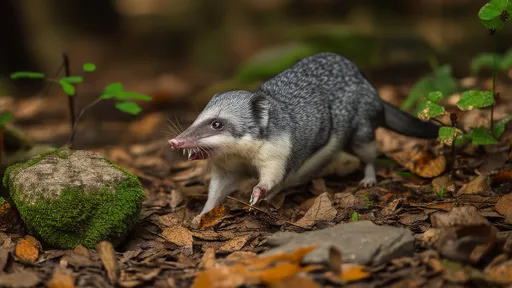
By /Jun 10, 2025
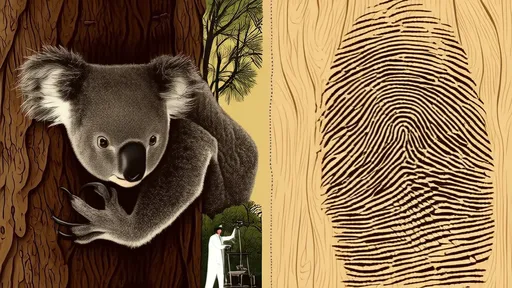
By /Jun 10, 2025
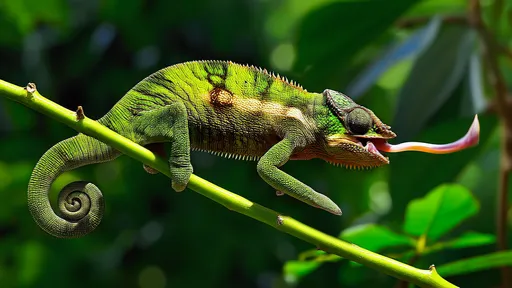
By /Jun 10, 2025
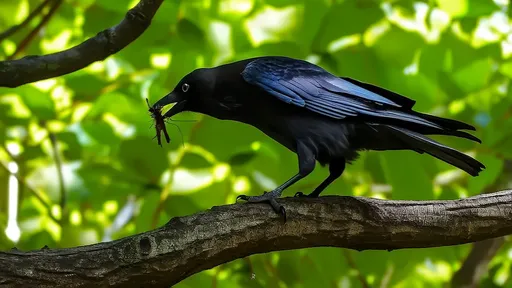
By /Jun 10, 2025

By /Jun 9, 2025

By /Jun 9, 2025
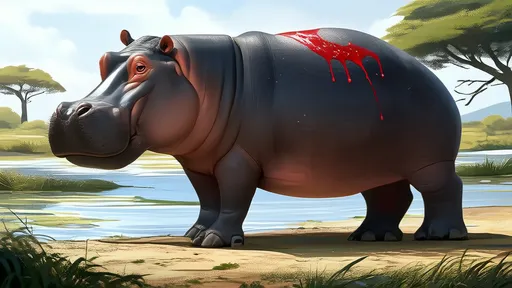
By /Jun 9, 2025
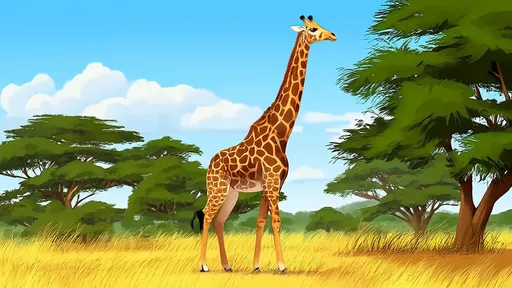
By /Jun 9, 2025
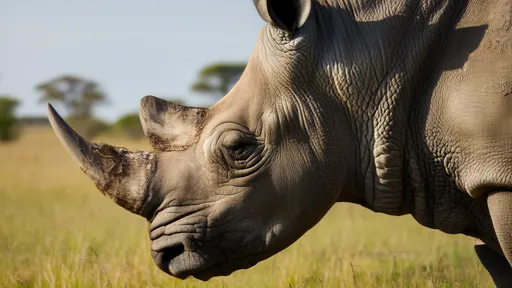
By /Jun 9, 2025
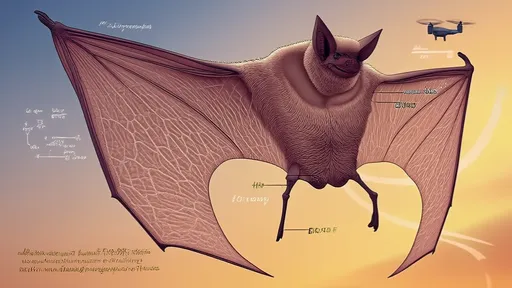
By /Jun 9, 2025
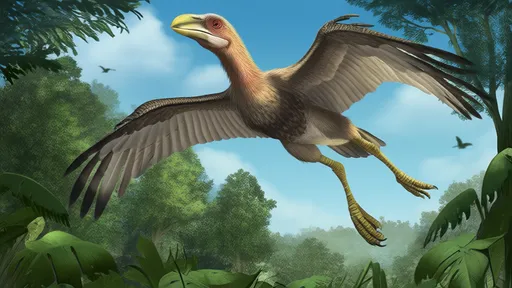
By /Jun 9, 2025
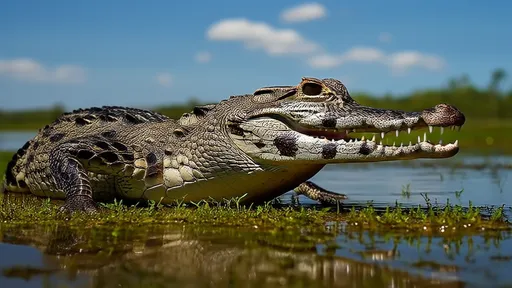
By /Jun 9, 2025

By /Jun 9, 2025
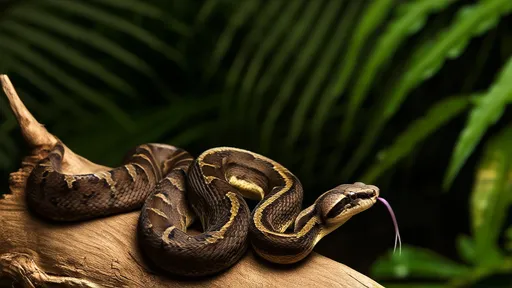
By /Jun 9, 2025
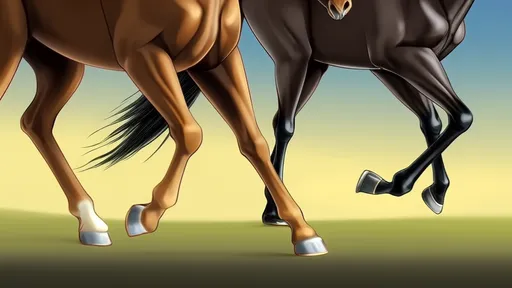
By /Jun 9, 2025

By /Jun 9, 2025

By /Jun 9, 2025